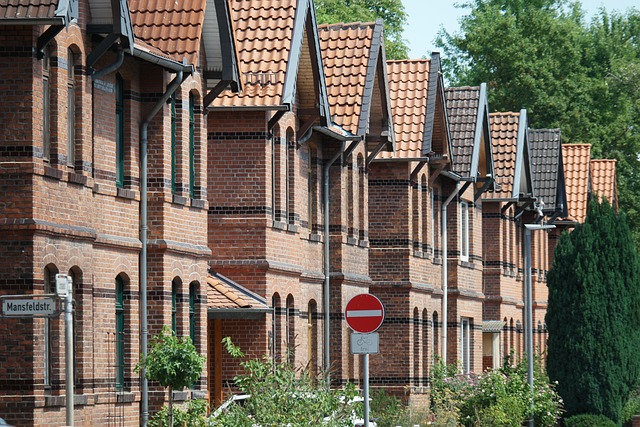Market-finished real estate projects offer a strategic approach by developing fully ready properties within existing urban areas, leveraging established infrastructure to cut down on time and costs. Success depends on meticulous market analysis to identify undervalued sectors for quick absorption and profit potential through flipping or rental income. Key practices include sustainable design, efficient management, community engagement, and staying informed about real estate laws and trends.
In today’s competitive real estate landscape, understanding market-finished projects offers a compelling opportunity for investors aiming to maximize profits. This article delves into the intricacies of this strategy, providing insights on how to navigate and capitalize on existing market demand. From recognizing profit potential and implementing successful strategies to studying inspiring success stories, you’ll gain valuable knowledge to make informed decisions in the real estate market.
Understanding Market-Finished Projects in Real Estate

In real estate, a market-finished project refers to a development that is fully constructed and ready for sale or rent within an existing, developed area. Unlike greenfield projects that involve building from scratch, market-finished projects leverage existing infrastructure, reducing development time and costs significantly. This approach is particularly attractive in urban areas where land is scarce and expensive.
These projects often cater to the specific needs and preferences of the local market, ensuring a higher likelihood of rapid absorption. Developers can choose to flip these properties for immediate profit or manage them as rental assets. The key to success lies in thorough market analysis to identify undervalued or under-supplied sectors within a given real estate landscape.
The Profit Potential and Strategies

In the competitive world of Real Estate, finishing projects for profit offers a tantalizing opportunity for savvy investors. The potential returns can be substantial, especially when carefully selected properties are renovated and strategically marketed. Success hinges on understanding market dynamics, identifying undervalued assets, and employing effective flipping strategies.
Key to maximizing profit lies in balancing renovation costs with projected resale values. This involves meticulous research into local trends, assessing property condition, and determining the right scope of repairs. Strategic pricing, factoring in both fixed and variable expenses, ensures a healthy margin of gain. Additionally, building relationships with reliable contractors, leveraging networking for marketing exposure, and staying abreast of evolving real estate laws can significantly contribute to successful project outcomes.
Success Stories and Best Practices

In the competitive world of real estate, success stories often emerge from well-planned and executed finished projects. These tales serve as a testament to the power of strategic forethought and best practices. Developers who meticulously understand market dynamics and consumer preferences tend to fare better, ensuring their projects not only meet but exceed expectations. For instance, some developers have found immense profit in revitalizing older urban areas by transforming them into vibrant, modern living spaces, catering to a diverse range of buyers.
Best practices in this domain include thorough market research, sustainable design principles, and efficient project management. By aligning their offerings with the latest trends, such as eco-friendly materials and smart home technologies, developers can attract environmentally conscious buyers. Moreover, successful projects often involve strong community engagement, ensuring that the development complements and enhances the existing neighborhood dynamics. This approach fosters a sense of belonging and increases property values over time.






